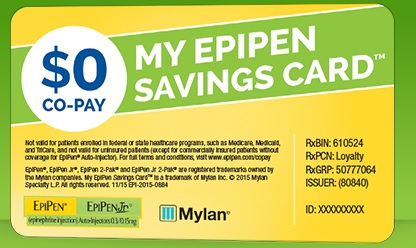 Doctors Without Borders /Médecins Sans Frontières (MSF) has decided to reject a donation of one million doses of pneumonia vaccine from Pfizer, Inc. The global health charity’s convoluted reasoning goes like this:
Doctors Without Borders /Médecins Sans Frontières (MSF) has decided to reject a donation of one million doses of pneumonia vaccine from Pfizer, Inc. The global health charity’s convoluted reasoning goes like this:
There is No Such Thing as “Free” Vaccines
Pneumonia claims the lives of nearly one million kids each year, making it the world’s deadliest disease among children. Although there’s a vaccine to prevent this disease, it’s too expensive for many developing countries and humanitarian organizations, such as ours, to afford.
Free is not always better. Donations often involve numerous conditions and strings attached, including restrictions on which patient populations and what geographic areas are allowed to receive the benefits.
Critically, donation offers can disappear as quickly as they come. The donor has ultimate control over when and how they choose to give their products away, risking interruption of programs should the company decide it’s no longer to their advantage.
This remarkable document goes on to praise GSK, a competitor of Pfizer’s, for having declined to offer pneumonia vaccines for free, but instead offer them for $3.05 per dose to all humanitarian organizations. I don’t know about you, but I will take free over three bucks any day.
Read More » »









